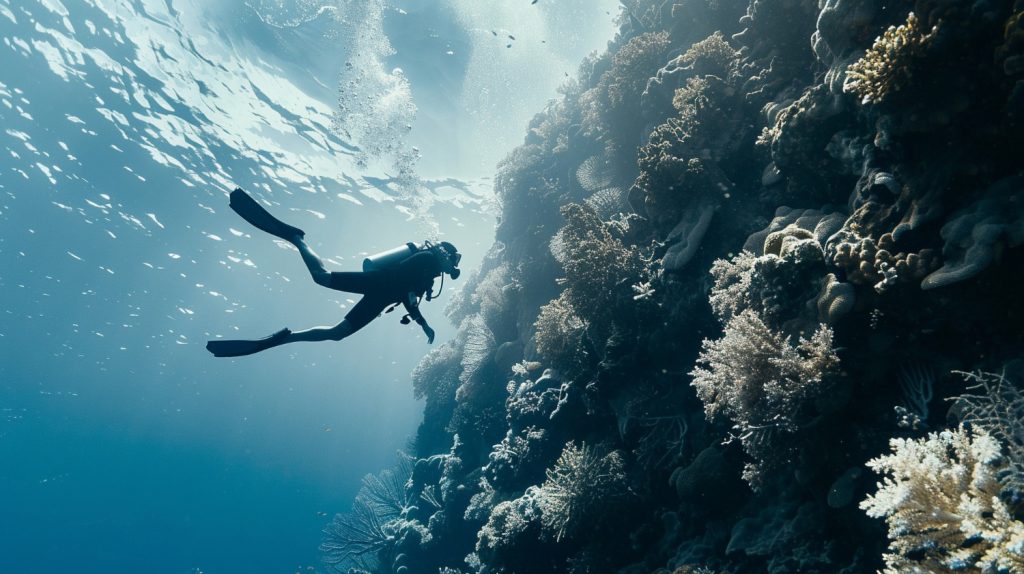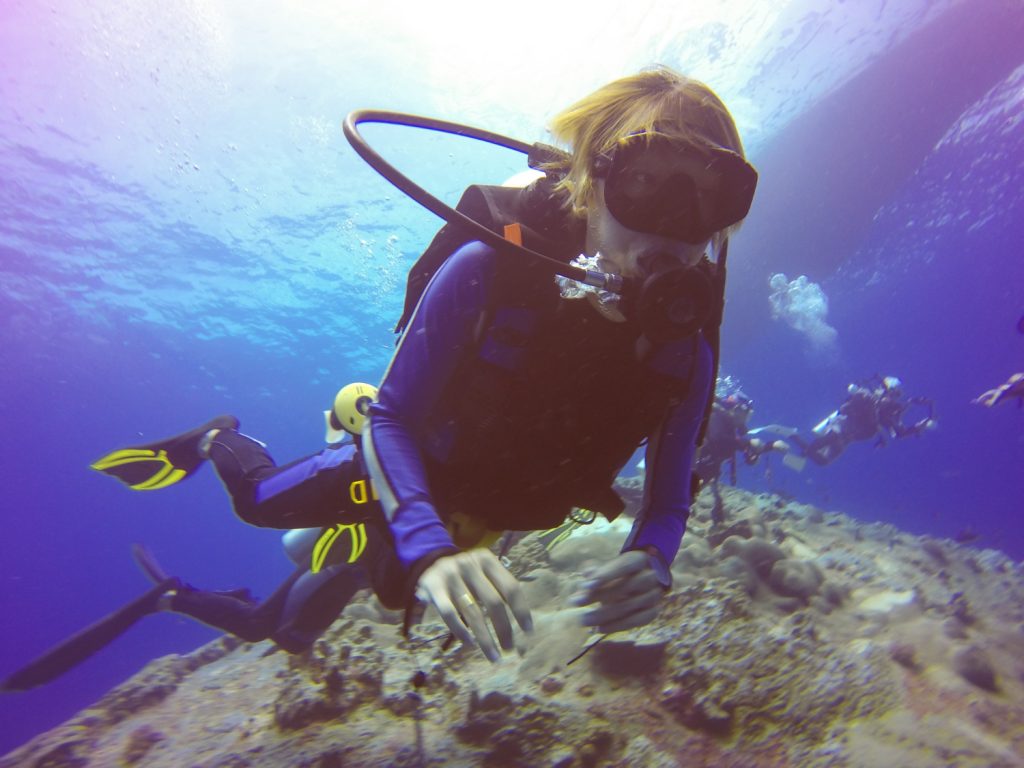The Dry Suit course is a specialization in diving with dry suits, which allow for diving in cold waters while providing dryness and thermal comfort. A dry suit is an ideal solution for those looking to dive in areas where water temperatures are low, such as colder seas, lakes, or deeper waters throughout the year.

What can you learn in the Dry suit diving Mallorca course?
1. PADI Dry suit diving operation: How to properly put on, take off, and maintain a dry suit to ensure its longevity.
2. Buoyancy control: Unlike wet suits, dry suits have different buoyancy properties. The course teaches how to manage buoyancy by controlling the amount of air inside the suit.
3. Emergency procedures in dry suit diving: How to handle issues that may arise while diving in a dry suit, such as excess air in the legs or water leaks into the suit.
4. Thermal comfort adjustment: How to choose the appropriate undergarment layer for the suit to adapt to the thermal conditions underwater.
The Dry suit diving Mallorca course structure:
1. Theoretical part: Discusses the construction of dry suits, their maintenance, safety procedures, and diving techniques in dry suits.
2. Pool or shallow water session: Before diving in an open body of water, training occurs in a safe environment where buoyancy control and emergency techniques can be practiced.
3. Open water dives: The PADI dry suit diving course typically includes two open water dives, allowing participants to test their skills in practice.

Benefits of completing the Dry suit course:
1. Diving in cold waters
A dry suit diving allows for diving in cooler bodies of water (below 10°C), providing greater thermal comfort compared to traditional wet suits.
2. Increased comfort
A dry suit diving isolates from water, significantly improving diver comfort, especially during longer dives, as the body does not lose heat as quickly.
3. Longer dive times
With better thermal protection, divers can stay underwater longer, which is particularly important for longer and more demanding dives.
4. Greater versatility
The PADI Dry suit course opens up new diving opportunities in various environments, such as cold lakes, seas, and even under ice.
5. Improved buoyancy control skills
A PADI dry suit diving requires a slightly different buoyancy technique than a wet suit. Learning this skill allows for better control of the body underwater.
6. Safety
Completing the PADI Dry suit course provides solid knowledge about using dry suits, their maintenance, and handling emergency situations (for example gas issues in the suit), resulting in increased diving safety.
7. Better preparation for technical dives
This PADI Dry suit course is often the first step toward more advanced diving, such as technical or deep diving, where dry suits are often preferred.
8. Ability to dive in various conditions
After completing the Dry suit course, divers are better prepared for diving in challenging weather conditions, such as cold weather or low visibility water.
In the PADI Dry suit diving Mallorca These skills significantly expand diving opportunities and enhance comfort and safety in diverse conditions.
